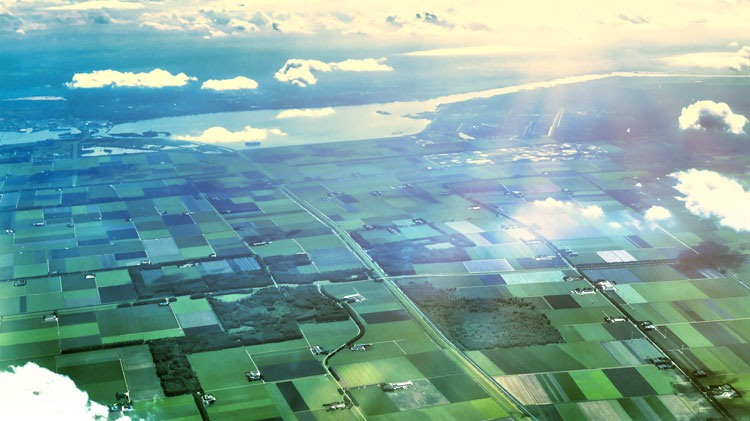
There has been much talk about the Biden administration’s goal for rural America to play a leading role in combatting climate change, but farmers are still understandably curious and cautious about what those opportunities might mean. Specifically, how the dairy industry’s good environmental work could provide additional revenue for producers might take a number of paths.
To figure out what dairy’s options might become, Cornell University’s Andy Novakovic first provided a bird’s-eye perspective of approaching the climate topic on the January 20 Hoard’s Dairyman DairyLivestream.
First, we must define and agree on the problem.
“For example, cows burp methane. There’s not a debate; we don’t dispute that fact, but we can ask ourselves, in what way is that a problem?” he posed. “We have gained a lot of ground in science-based understanding of to what degree this is an issue just looking at it from the standpoint of a dairy farm, but also, to what degree is this an issue in terms of climate change or any other sort of environmental effect?”
From there, it’s determining where we want to go and how we will get there. “The second part is agreeing what ‘fixed’ looks like,” he said. “What am I trying to get to, and how fast? That’s a big conversation that’s really important.”
The part dairy farmers will be most interested in is determining how those solutions are carried out. In describing how that might go on the farm, Novakovic said candidly, “That invariably involves some combination of carrots and sticks.”
Incentives or requirements?
USDA seems to be on the carrot side of that proposal for now as incentive-based programs gain traction. Secretary nominee Tom Vilsack has already expressed his desire to create markets that pay farmers for sequestering carbon in their soil.
Further revenue opportunities could be implemented in other types of legislation, said National Milk Producers Federation Senior Vice President of Government Relations Paul Bleiberg.
“It could be tax credits. There’s a lot of discussion around doing tax legislation, and carbon tax comes into the conversation on climate, so that could certainly be in the mix,” he noted. “In the farm bill conversation down the road, there could be talk about enhancing conservation programs to better incentivize certain behaviors.
“Environmental markets are obviously becoming more and more relevant here. There’s good legislation in both the House and Senate that would pull back some of the barriers to participation in those,” he continued. “I think there are a number of different tools in the toolbox here.”
It will be difficult to develop an environmental program that will work for everyone, but agriculture will have a voice in those discussions. “If there’s a climate package, there will probably be a lot of committees, including ag, that’ll have their hands in the pot,” Bleiberg said.
And that work could certainly be beneficial for American farmers. “There are a lot of members, Democratic and Republican, that serve on the ag committees especially that want to do more,” Bleiberg believes. “Not just to recognize what’s already being done on the ground, but maybe to create some revenue streams moving forward.”
An ongoing series of events
The next broadcast of DairyLivestream will be on Wednesday, February 3 at 11 a.m. CST. Each episode is designed for panelists to answer over 30 minutes of audience questions. If you haven’t joined a DairyLivestream broadcast yet, register here. Registering once registers you for all future events.








